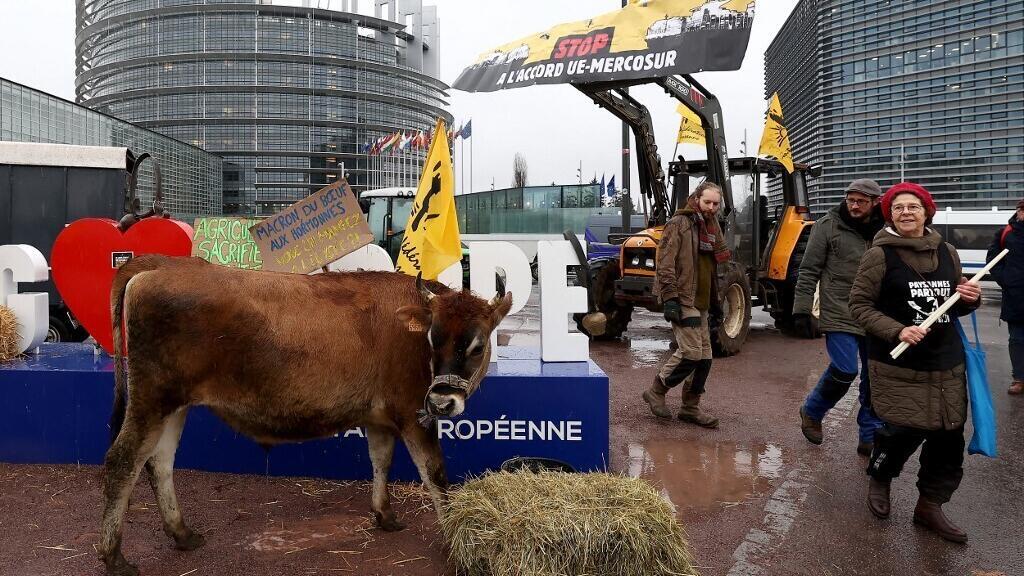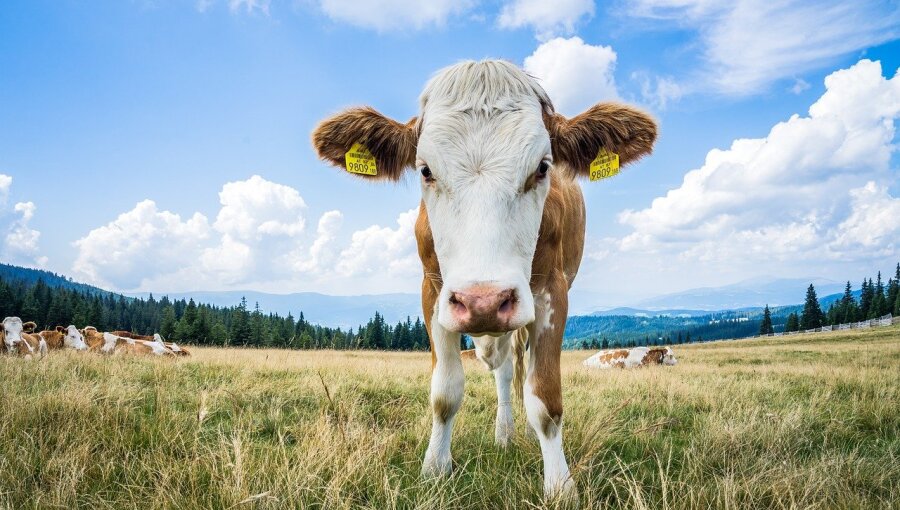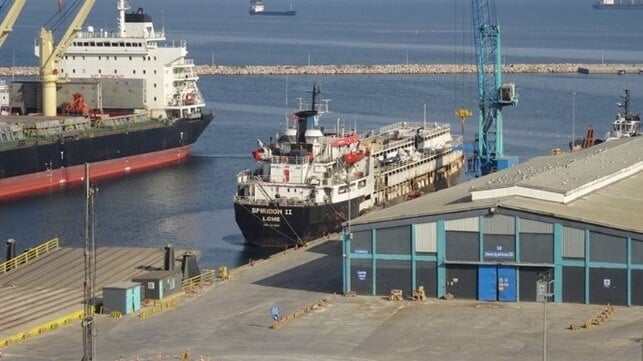The long-negotiated EU-Mercosur agreement, which would establish a free-trade area encompassing nearly 800mn people, is set to enter a decisive phase amid French opposition and broader tensions within the South American bloc.
Paris, along with Poland, continues to oppose the agreement, worried that its strong agricultural sector will be hit by unfair competition and concerned about the enforcement of strict environmental standards.
But the Latin American group also suffers from internal rifts. Brazil's government wants to cut funds for Focem, a development body, angering Uruguay and Paraguay, the main beneficiaries, adding to Argentina’s President Javier Milei’s preference for the US and scepticism about the trading bloc as another potential destabilising element.
"Fake news about food quality"
Brazil's ambassador to the EU has pushed back hard against criticism of the EU-Mercosur trade deal, calling concerns over its impact on Europe's farm sector "disinformation,” Euractiv reported.
"I think there is a lot of misperception, a lot of disinformation, a lot of fake news, about the quality [of food], like we're going to poison the citizens of the EU. Which, of course, makes no sense,” said Pedro Miguel da Costa e Silva.
His comments come amid continued pressure from EU farmers and politicians who warn that cheaper Mercosur products, produced under what they claim are lower standards, would undercut European producers, the outlet reported.
Silva stressed that both the EU and Mercosur — comprising Argentina, Brazil, Uruguay, and Paraguay — are "agricultural superpowers”, adding the blocs are "trading on equal terms" and that Mercosur countries already comply with EU rules as major suppliers of agri-food products.
"If we didn't comply, we wouldn't be in the market,” he added.
The ambassador dismissed allegations of an uneven playing field, arguing that Mercosur farmers receive far fewer subsidies than their European counterparts.
"There is an issue of level playing field here, but it's against us, not in our favour," he said.
Addressing concerns that the agreement could limit the EU's ability to introduce new environmental legislation — an argument some MEPs are planning to use to challenge the deal before the EU Court of Justice — he said it "will not change the possibility of the countries to regulate and protect human, animal or plant health."
Silva noted that Brazil mainly exports coffee and soy, products the EU barely produces, while sensitive sectors are protected through quotas and reinforced safeguards unveiled by the Commission in September.
"There will be a lot of opportunities for EU farmers on the other side. We made a lot of concessions in sensitive sectors, for us … wine, dairy, but a lot of other products," said Silva.
France maintains opposition
Despite Brazilian reassurances, France continues to resist the agreement. "A trade agreement negotiated between the EU and Mercosur is not yet acceptable to France in its current form," a government spokesperson stated this week.
France expects the European Commission to present measures on clauses for agricultural imports "as soon as possible," the spokesman said after a weekly meeting of ministers led by President Emmanuel Macron.
Yet Macron has limited room for manoeuvre, as he faces growing domestic opposition amid a long-running domestic political crisis. A resolution opposing the Mercosur trade agreement signed by 103 French MPs calls on the French government to refer the matter to the EU Court of Justice, arguing the trade deal violates EU treaties.
According to the MPs, the European Commission's decision not to submit the trade part of the agreement to national parliaments for approval is illegal.
However, if France were to oppose the agreement, it would need to form a blocking minority in the Council requiring at least four member states representing 35% of the population, and it is not clear Macron has the numbers.
So far, Hungary and Poland have said they oppose the deal, while Ireland, Austria, and the Netherlands say they await the fully translated text before making a decision. The key country is Italy, and a change of heart in Rome, whose support for the deal is only lukewarm, could become a game-changer.
December deadline looms
EU member states approved the safeguard package this week without changes to the Commission proposal, while MEPs will vote on it in December, Euractiv reported.
The second week of December will be decisive: EU governments are expected to give their green light before Commission President Ursula von der Leyen travels to Brazil on December 20 to seal the agreement with Mercosur leaders.
Supporters of the agreement, led by Germany and Spain, argue it is necessary in the face of Chinese competition in the region and fresh tariffs imposed by the Trump administration on EU exports to the US.
Mercosur internal tensions
Beyond EU negotiations, Mercosur faces internal strains. Brazil's government has proposed a drastic cut to Focem, the Mercosur fund created in 2004 to finance integration and infrastructure projects, triggering conflict with Uruguay and Paraguay, the main beneficiaries, Folha de S. Paulo reported.
The Brazilian proposal seeks to reduce the annual contribution from $100mn to approximately $30mn while changing contribution and distribution rules among member countries.
Montevideo and Asunción reacted sharply, saying the plan "sends a negative signal for regional integration" and "weakens both politically and economically Mercosur's main cohesion mechanism.”
Paraguay's delegation to Mercosur also informed Brazil, which holds the bloc's pro-tempore presidency, that the country "is not available on the proposed dates” for the planned summit on December 20, a date changed by the host country – initially the summit was due on December 2 – in the hope the EU-Mercosur deal could also be signed on that day.
More worringly, the trade and investment agreement announced by Argentina with the US clearly signals Argentina's lack of commitment to Mercosur, a position floated by President Milei in public remarks, according to the industrial trade group in the state of Santa Catarina (Fiesc).
"The agreement shows that Argentina would be willing to withdraw from the bloc at a delicate moment. It remains to be seen what measures Brazil and the other countries in the bloc will take regarding continued participation and whether there will be consequences for negotiations with the EU," said Fiesp.







